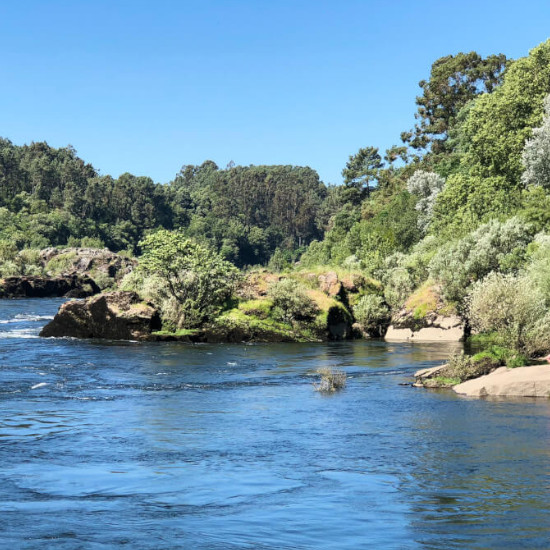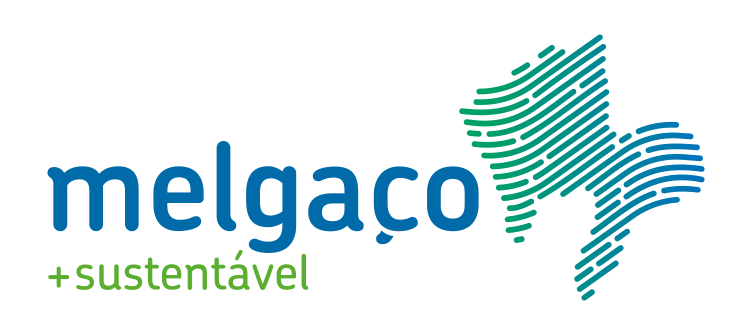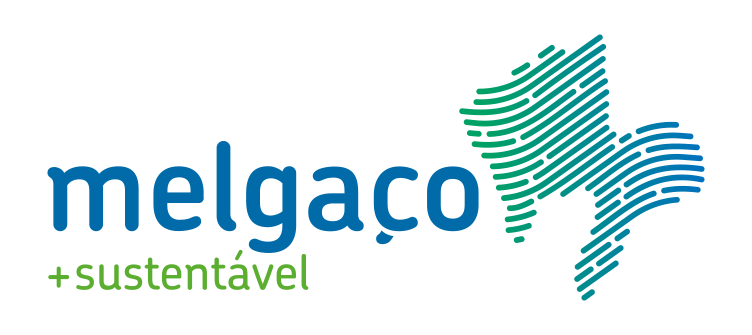
How to minimize water use at home: 6 simple tips with an impact
Water is an essential commodity. The waste and misuse of water has a negative impact on everyone’s life.
Every year on 22 March, World Water Day is celebrated to remind us of the importance of preserving this absolutely essential resource to ensure the continuity of life on the planet.
According to data from the United Nations (UN), 2.1 billion people do not have access to drinking water!
Droughts, floods, disappearing icebergs and rising sea levels are some of the most alarming signs that could jeopardise the abundance of this essential resource, as we have known it for centuries. This is a global problem, where the intervention of states and each individual person is crucial to mitigating the effects of climate change.
We all have a role to play in improving this scenario. But how?
Small actions and changes in habits at home can raise awareness of rational water use.
Here are our 6 tips for saving water at home, which, although simple, have a significant effect.
1. Keep an alert for possible water leaks
Water leaks, even the smallest ones, always end up costing you something. Develop the habit of regularly checking taps, pipes, household equipment and flushing toilets to detect and repair any leaks. Also monitor and keep a record of monthly consumption readings and compare them with those of previous months. This practice is an excellent way of controlling overspending and identifying possible breaks or leaks.
2. Choose taps with flow reducers
Did you know that, on average, a tap releases between 6 and 12 litres of water per minute? That’s more than you need for ordinary activities/uses.
Choose to install flow reducers to limit the amount of water flowing through taps and showers, thus reducing excessive water consumption. These devices allow tasks such as washing your hands, brushing your teeth or doing the dishes to be carried out with less water, while maintaining efficiency.
3. Reduce the volume of water used during bathing/showering
Showering is possibly one of the daily habits that consumes the most water. It is estimated that around 200 litres of water are used during a normal shower. Opt for quick showers and develop the habit of turning off the tap when you don’t need running water.
Apply the same method when brushing your teeth and washing your hands, turning on the tap only when necessary.
4. Install a dual-flush system
I’m sure you’ve heard of the dual flush system, an intelligent and effective solution for saving water on a daily basis.
The system allows you to choose between two flush levels when you switch on the cistern. You can opt for a full flush for solid waste or a partial flush for liquid waste, consuming only the amount of water needed for each use. Consider installing this system in your home or workplace as a practical and conscious measure to help protect the environment and promote the sustainable use of water resources.
If you don’t have a dual-flush toilet and can’t afford to replace it, put a 1 to 2 litre bottle of water in the tank and you’ll save on each flush.
5. Choose efficient household appliances
If you have to buy new appliances for your home, opt for energy-efficient models that are designed to consume less energy during use.
Look for appliances with a high energy rating, with the EU energy label, which classifies appliances based on their energy efficiency. Models with an A rating are generally the most efficient in terms of energy consumption.
Also consider features such as cold wash programmes on washing machines and dishwashers, temperature adjustment options on ovens and fridges, and refrigeration systems.
6. Harness rainwater
Harnessing rainwater is a sustainable and economical practice that can benefit the environment and help reduce drinking water consumption. Place buckets outside to collect rainwater or use more complex recovery systems that direct the water into specific containers. Collected rainwater can be used for a number of purposes that don’t require drinking water, such as watering gardens and vegetable plots and cleaning floors.
7. Prevent high consumption in the summer months
Naturally, the summer, typically holiday months, are inviting for a good swim or even washing the outside of buildings or even watering vegetable gardens, etc. For obvious reasons, these are also the months when water is less abundant. Therefore, avoid watering or washing with drinking water and avoid systematically filling your swimming pool by looking for water treatment systems that reduce the need to do so.


